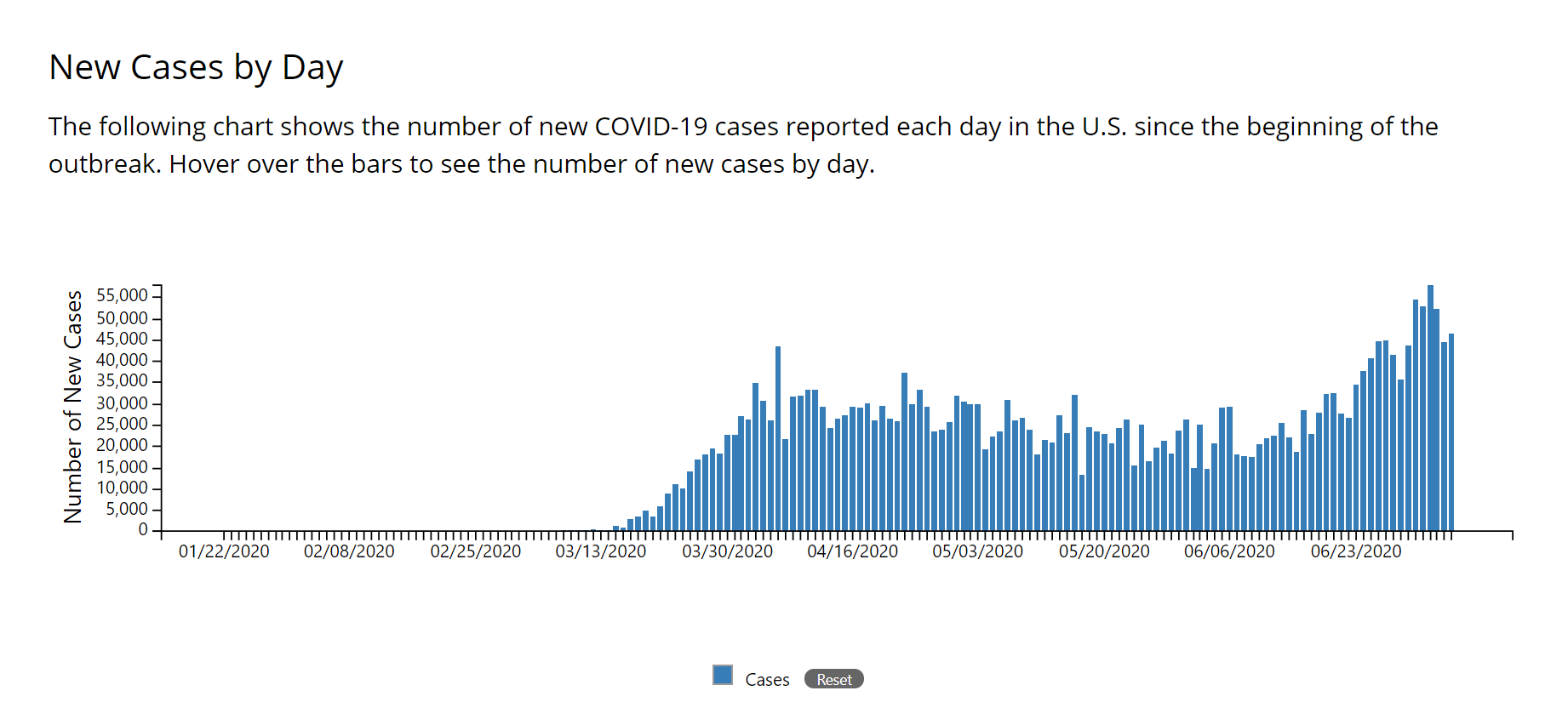2 Reasons WHO’s New Pandemic Warning Isn’t Scaring This Stock Market

WHO has now confirmed there's 'emerging evidence' of the coronavirus going airborne. | SourcE: REUTERS/Carlo Allegri
- The World Health Organization (WHO) said virus-related deaths in the U.S. might continue to increase.
- WHO also confirmed emerging data that shows the airborne nature of the virus.
- The U.S. stock market remains unfazed, indicating investors are pricing in a worse outcome from the pandemic.
The World Health Organization (WHO) warned virus-related deaths could increase in the near-term , as cases continue to grow. It also said there is emerging evidence of airborne transmission of the virus. Yet, the U.S. stock market is barely showing signs of a downturn.
The WHO’s emergencies program executive director Mike Ryan said:
I don’t think it should be a surprise if the deaths start to rise again. It will be very unfortunate, but it may happen.
A confluence of relaxed financial conditions and new economic data could sustain the momentum of stocks in the near-term.

Favorable Financial Conditions And Rising Cash Piles Offset Pandemic Threats
On Monday, 239 scientists sent a letter to the WHO and requested the organization to acknowledge the airborne-nature of the virus.
Two days after the letter was publicized, the WHO confirmed there is new evidence that shows airborne transmission.
Dr. Benedetta Alleganz, technical lead for Infection Prevention and Control at the WHO said:
We acknowledge that there is emerging evidence in this field, as in all other fields regarding the Covid-19 virus and pandemic and therefore we believe that we have to be open to this evidence and understand its implications regarding the modes of transmission and also regarding the precautions that need to be taken.
Despite the WHO’s concerning statement, the U.S. stock market remains relatively unfazed. It suggests that investors might have priced in a worse outcome from the pandemic.
It might also indicate that favorable financial conditions and trillions of dollars in cash piles are preventing a correction.
Data from money markets and hedge funds show that investors are still cautious about the stock market.
When the piles of cash on the sidelines begin to re-enter the stock market, it could cause another uptrend.
Investors possibly expect the pandemic to worsen, but do not anticipate the economy to decline even further.

For instance, the U.S. unemployment rate is at a double-digit . But, the U.S. stock market increased by 3.5% since late June. That shows as jobless claims begin to drop, equities could see a renewed uptrend.
Investors seemingly do not anticipate the unemployment rate to increase in the near-term. The second wave of stimulus and the near-zero Fed Funds Rate are maintaining a positive sentiment among investors.
Central Banks Keep Buying
Atop of strong fundamental factors, central banks are continuing their bond-buying spree.
This week, the European Central Bank’s president Christine Lagarde said it would focus its $3.16 trillion “asset purchase scheme” on green asset purchases.
The Federal Reserve said in late June that it would start purchasing individual corporate bonds alongside exchange-traded funds (ETFs).
Investors are divided on the stance of central banks in both the U.S. and Europe.
Some believe that the aggressive approach of many central banks is keeping the stock market afloat. Others fear a bubble is forming, which might result in a steep pullback.
Economist Gary Shilling said the current stock market trend is “reminiscent of what happened in the 1930s. ” He hinted at a possibility of a 40% drop from the current point.